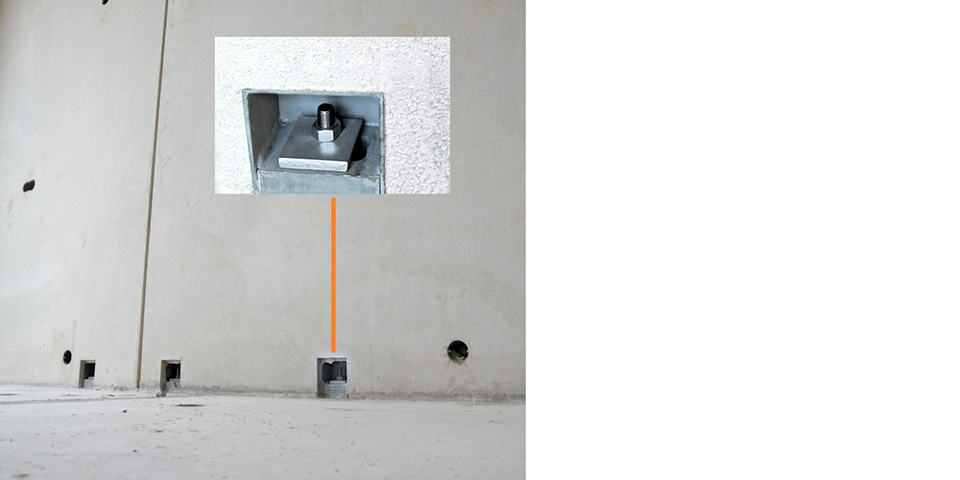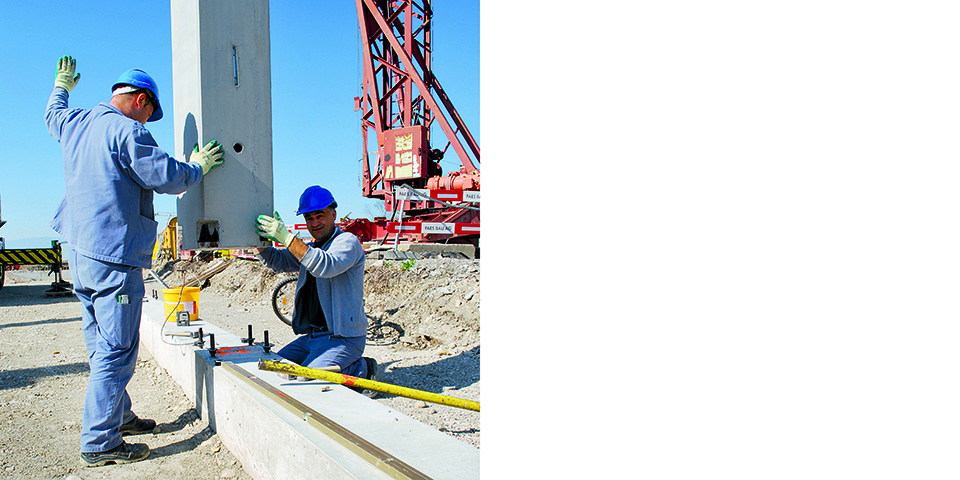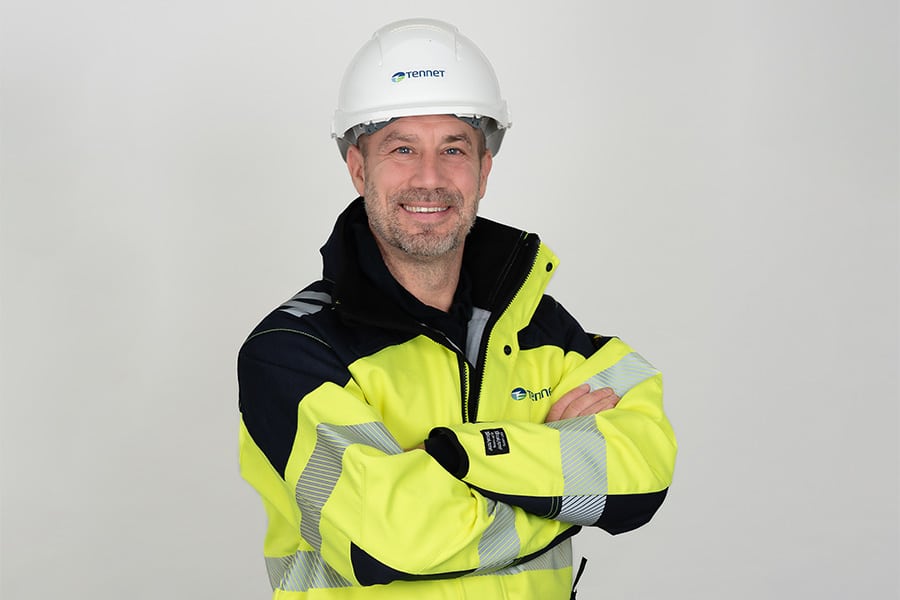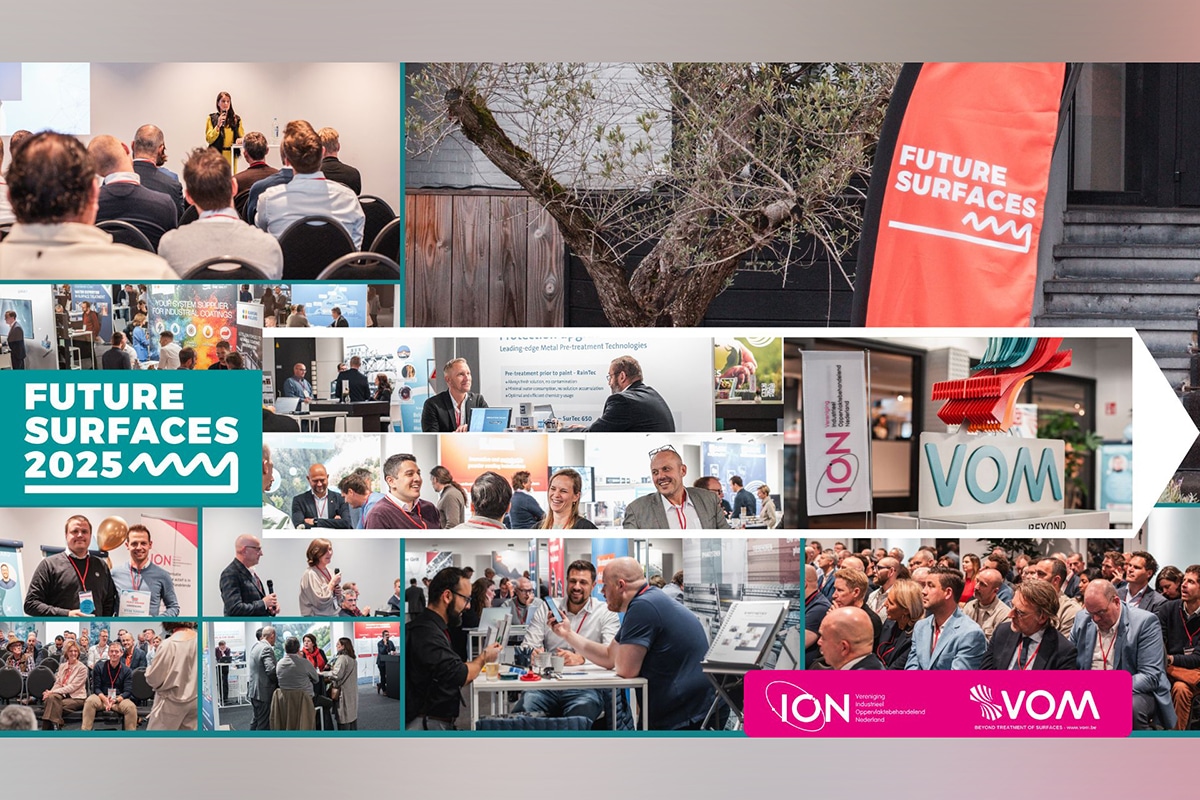
SPECIAL | Circular joining techniques for precast concrete
Building quickly, efficiently and safely with less labor. It all speaks in favor of prefabrication, a method that is becoming increasingly popular in the Dutch and Belgian construction industry. Dry connection techniques are also hitching a ride on that success, gaining popularity over wet knotting. An interview with Wim Zwaan, director of Peikko Benelux, about the wide acceptance of the originally Finnish joining techniques.
Finland has short summers and long and cold winters. According to Zwaan, it is not surprising that prefabrication is the rule rather than the exception here. It takes a lot of time to cast joints: build quickly, efficiently and safely, the motto goes. "It can be done with our column shoes and SUMO wall shoes. They realize a constructive connection immediately and speed up the construction pace considerably. For example, it is possible to assemble up to 2.5 times as many columns as via the traditional way with stanchions and gains."

Demountable precast walls without gains.
Chimneyless building
The column shoes are already installed in the precast plant, while the anchors are poured in along with them on the construction site. Zwaan: "On site it is a matter of screwing the column shoes onto the anchor bolts, after which a stable construction is immediately created. No braces are needed and there is no need to pour on any more gains. It saves a lot of time, labor, (expensive) crane hours and lugging braces around. So it is also a more health and safety friendly method." According to Zwaan, this "Finnish" method has been gaining tremendous momentum, especially in recent years, both for the longer columns (17-18 meters) for which no standard braces are provided, and nowadays also for the shorter columns. "For the relatively small precast columns in parking basements, our systems are also a nice alternative. After all, braces no longer need to be disposed of. It provides speed and convenience."

Fast and brace-free installation of the precast concrete column.
Circular economy
SUMO wall shoes enjoy the same advantages as column shoes and are based on the same principle with anchors in the substructure and shoes in the wall. "Unlike the column shoes, however, the first wall to be placed must be braced. With a wall you can't achieve a stable and moment-proof construction right away. The use of studs and gains, however, is a thing of the past. Especially for walls in, for example, apartment buildings with an aesthetic flatness requirement, this is a plus. In contrast to the holes for the gains, the wall studs are no longer visible. They disappear under the sealing floor. Both screw connections, both column and wall shoes, can also be dismantled again. They are thus also connection techniques that contribute to the circular economy in which the value of the precast elements is preserved."




